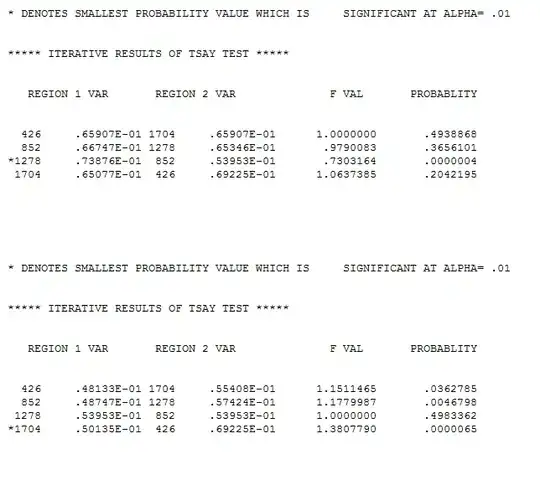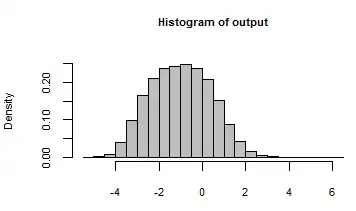Changing your analysis in the way that you propose would be considered inappropriate in terms of any claim of "statistical significance" for the final nominal p-value. You altered your analysis based on results that you found in an initial analysis, so the assumptions that go into defining a p-value don't hold for the second analysis. You certainly can explore your data that way to help design future studies, but you shouldn't report a "statistically significant" result based on your second Kaplan-Meier plot.
In your case, the initial analysis might have been inadequate. It did not take the ordering of your location predictor in terms of "proclivity for reinjury" into account. The log-rank test used to evaluate differences among strata didn't incorporate the information that you expect an ordering in survival curves among the strata.
You might consider coding location as an ordinal categorical predictor and performing Cox regression instead. In R, ordered categorical predictors are coded differently from unordered predictors, in a way that takes the order into account. That linked thread is a good place to start. If you do further web searches for "ordinal" be careful, as much of what you find might have to do with ordinal outcome variables rather than ordinal predictor variables.

